4 Reasons Why Shikoku Is the Perfect Place to Slow Down and Explore Japan’s Hidden Side
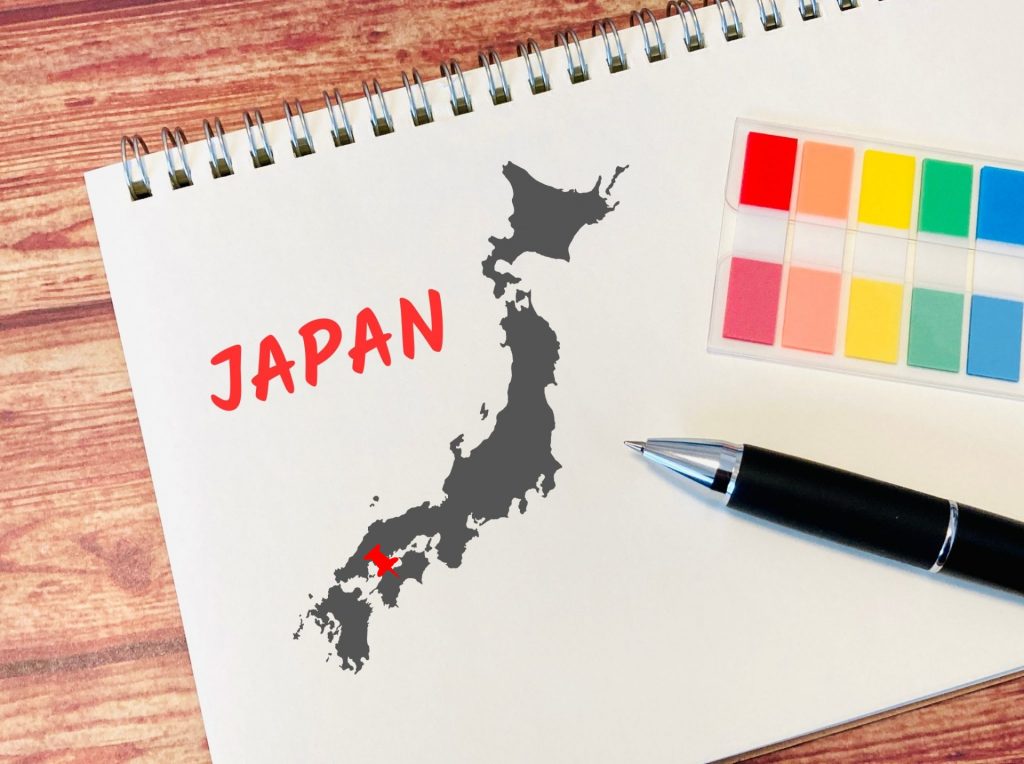
Looking for a quiet place in Japan?
If the crowds of Tokyo or Kyoto feel overwhelming, and you're craving a slower, more soulful journey, Shikoku might be exactly what you're searching for.
Japan’s most popular destinations are often fast-paced and well-trodden. But for travelers seeking peaceful landscapes, deep-rooted traditions, and genuine human connection, Shikoku offers a rare kind of adventure.
Here are four reasons—based on a few key data points and my perspective as a Japanese local—why this lesser-known island is the perfect place to slow down and discover a more authentic side of Japan.
Contents
Reason 1: Fewest Foreign Tourists in Japan
Shikoku ranks lowest in foreign overnight stays, according to 2024 tourism data.
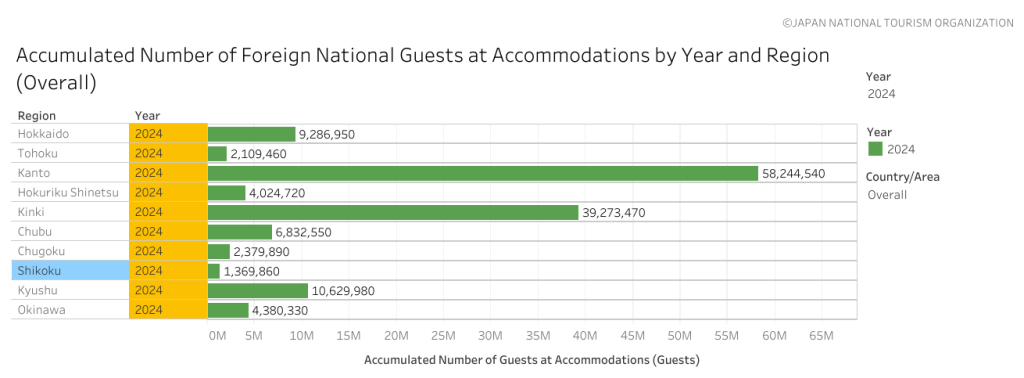
Source: Created by JNTO based Japan Tourism Agency "Overnight Travel Statistics Survey(2011-2024)"
Foreign visitors to Japan tend to concentrate in the Kanto region, where Tokyo is located, and the Kansai region, home to Kyoto. While tourism is gradually expanding to other areas, Shikoku remains largely undiscovered.
This isn’t due to a lack of appeal—in fact, Shikoku has much to offer—but rather a result of limited awareness and relatively challenging access.
Having relocated from the Kanto region to Shikoku, I’ve noticed that the number of foreign tourists here is strikingly low—perhaps just 1/100th of what I used to see.
Shikoku’s overall population is also small, accounting for only about 3% of Japan’s total.
It’s fair to say that, on a national scale, Shikoku is undeniably one of Japan’s quieter regions.
Reason 2: Untouched Nature and Ancient Traditions
Shikoku is an island located in southwestern Japan, and it wasn’t connected to the mainland by bridge until 1988. As a result, development has been relatively gradual, and the influx of urban culture has been less pronounced compared to other regions.
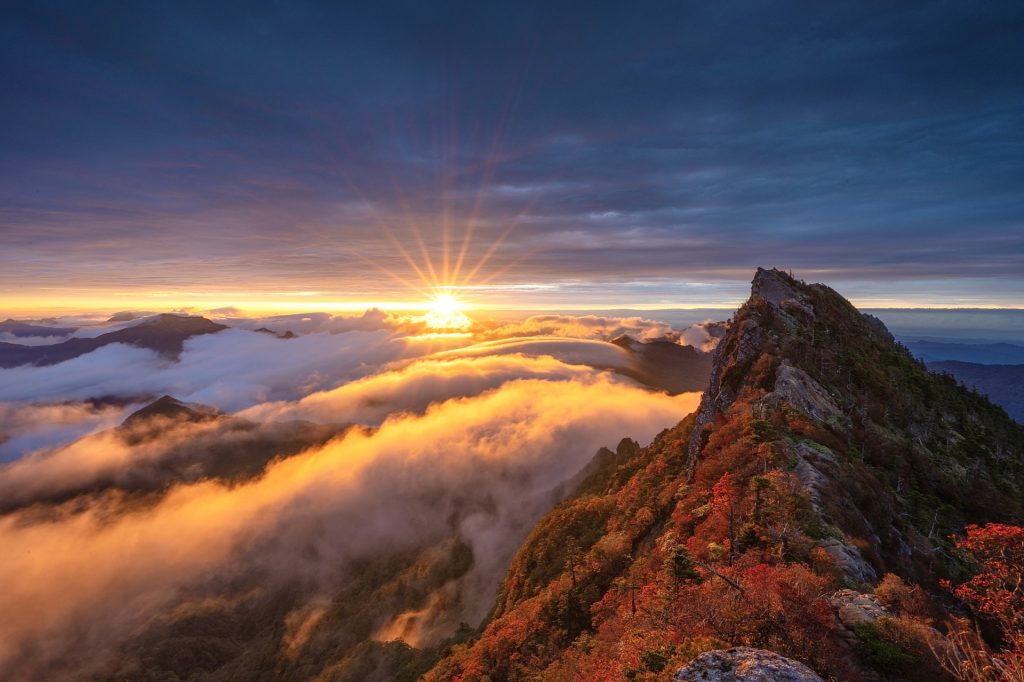
In the southern part of Shikoku, Kochi Prefecture boasts the highest forest coverage(84%, Source:
Forestry Agency) in Japan, preserving vast areas of natural beauty. The Shikoku Mountain Range, which stretches across the center of the island, includes Mt. Ishizuchi(EL. 1982m), the tallest peak in western Japan, and Mt. Tsurugi(EL. 1955m), the second tallest. These landscapes make Shikoku a popular destination for nature-based activities such as hiking, river trekking, and mountain exploration.
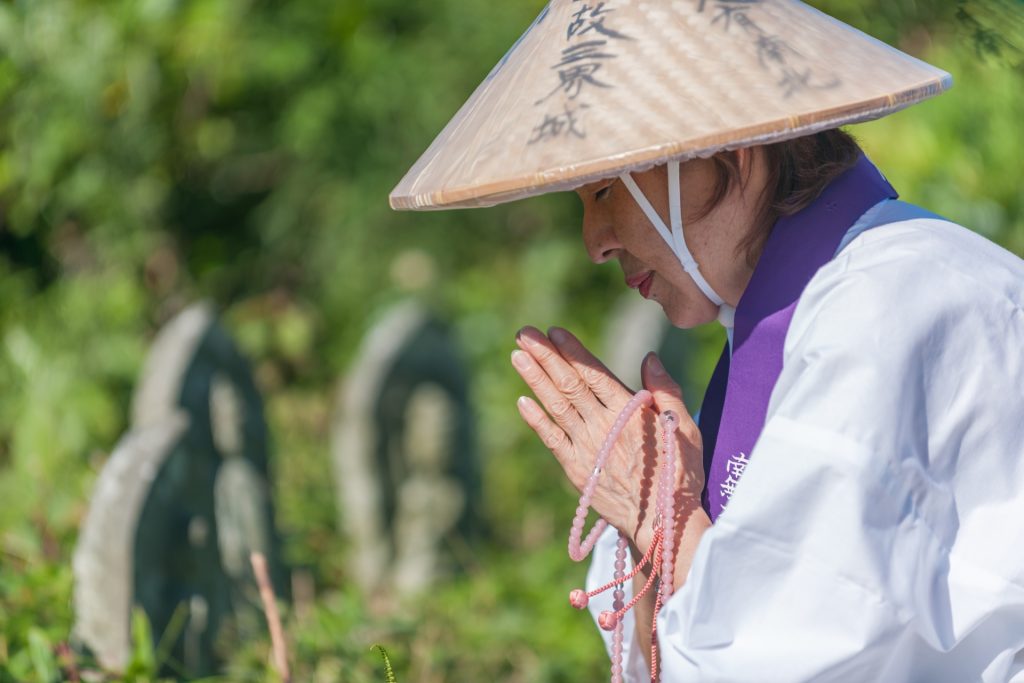
Culturally, Shikoku is home to two nationally renowned pilgrimage routes: the Shikoku Henro, a Buddhist trail dating back over 400 years, and the Konpira pilgrimage, rooted in Shinto tradition. These sacred paths reflect the island’s deep spiritual heritage. Even today, many pilgrims continue to walk the Henro route, and the number of international visitors taking on the challenge is steadily growing.
Reason 3: Iconic Local Cuisine
Shikoku is home to several regional specialties that are famous across Japan. Dishes like Sanuki udon from Kagawa Prefecture and Katsuo no tataki (seared bonito) from Kochi Prefecture are so iconic that people from major urban centers like Tokyo and Osaka often travel to Shikoku just to taste them at their source.
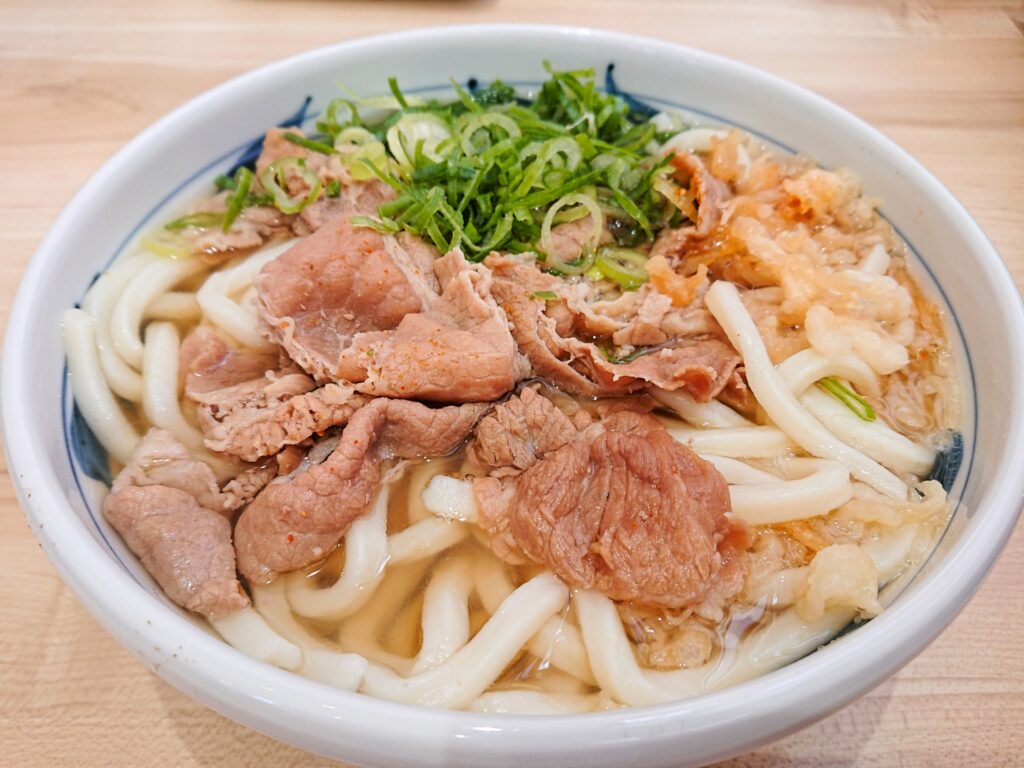
For Japanese, these dishes taste completely different when enjoyed locally compared to elsewhere. Sanuki udon showcases the craftsmanship of noodle makers, with subtle variations in texture and broth that reflect each shop’s unique approach. With an abundance of udon restaurants throughout Kagawa, visitors can easily sample and compare different styles.
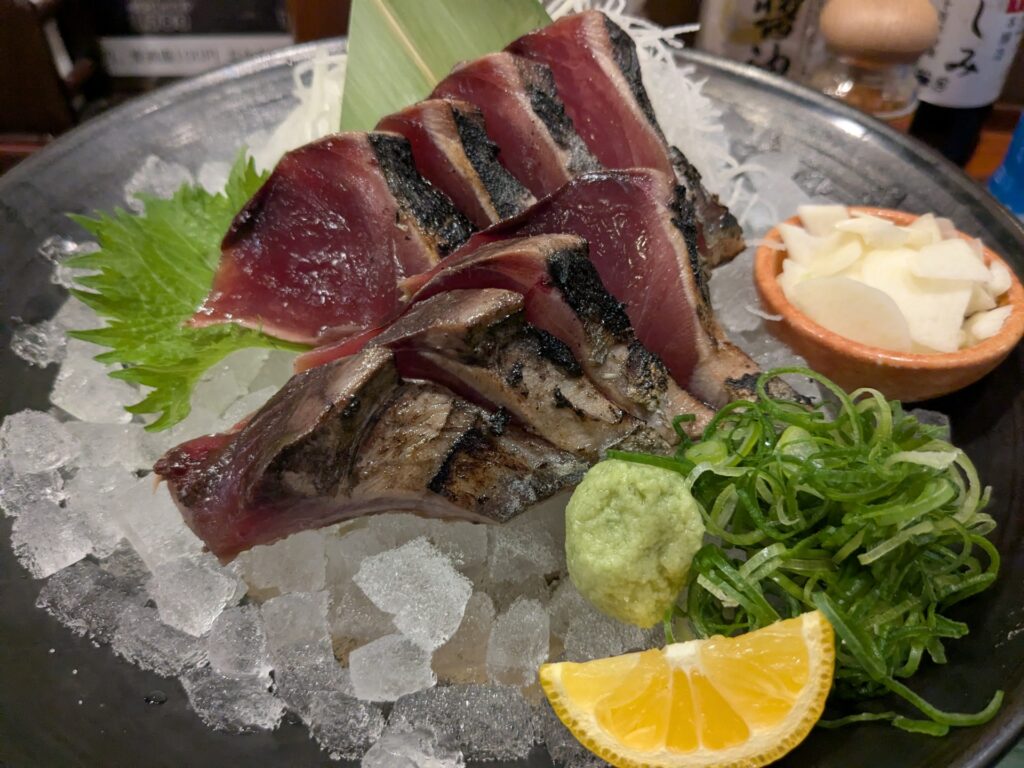
Katsuo no tataki, on the other hand, is prized for its freshness and distinctive preparation. The bonito is seared over roaring straw flames, infusing it with a smoky aroma that’s hard to replicate outside Kochi. The combination of fresh fish, bold seasoning, and traditional technique makes it a must-try for food lovers.
Reason 4: Warm and Open-Hearted People
People in Shikoku are remarkably open and kind to strangers. While rural areas in Japan are sometimes stereotyped as reserved or closed-off, travelers and newcomers to Shikoku often find the opposite to be true—locals will strike up casual conversations or offer help without hesitation.
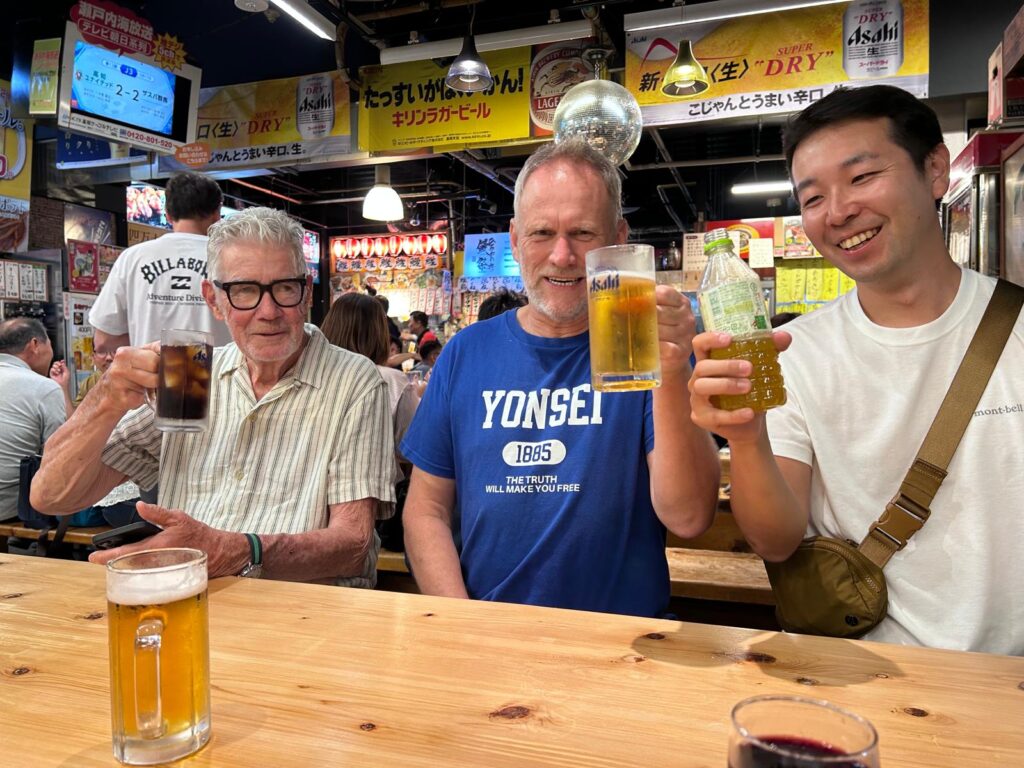
This openness is deeply rooted in the island’s pilgrimage culture, especially the centuries-old Shikoku Henro. Traditionally, local residents have shown great respect toward pilgrims, often offering assistance during difficult parts of their journey. This spirit of hospitality has been passed down through generations, making kindness toward strangers a natural part of everyday life in Shikoku.
A Note on Accessibility: Limited English Signage
While Shikoku’s charm lies in its untouched and authentic atmosphere, it also means that English-language signage and tourist information can be limited.
Because the region sees fewer international visitors, some local attractions may lack English explanations or multilingual support. Travelers may need to rely on translation apps or ask friendly locals for help—who are often more than happy to assist.
How to Prepare: Make the Most of Your Shikoku Journey
To navigate Shikoku smoothly, it’s helpful to research major cities and popular spots in advance—especially for transportation, opening hours, and cultural etiquette. For finding tourist spots and planning your travel routes, the following Shikoku tourism website will be a helpful resource.
https://shikoku-tourism.com/en/
For lesser-known destinations, we regularly share insider tips and local insights on this website, so be sure to check back for updates.
And if you’re looking for a deeper experience, we also offer curated tours designed to help you fully enjoy Shikoku’s nature, culture, and cuisine. Feel free to explore our offerings! See our tour
Conclusion
Shikoku may not be on every traveler’s radar—but that’s exactly why it’s special. For those seeking quiet, authenticity, and connection, this island offers a rare kind of adventure.
Ready to explore Japan’s hidden side? Shikoku is waiting.



This isn’t just writing; it’s a beautiful exploration of thought, full of insights that feel like small revelations.